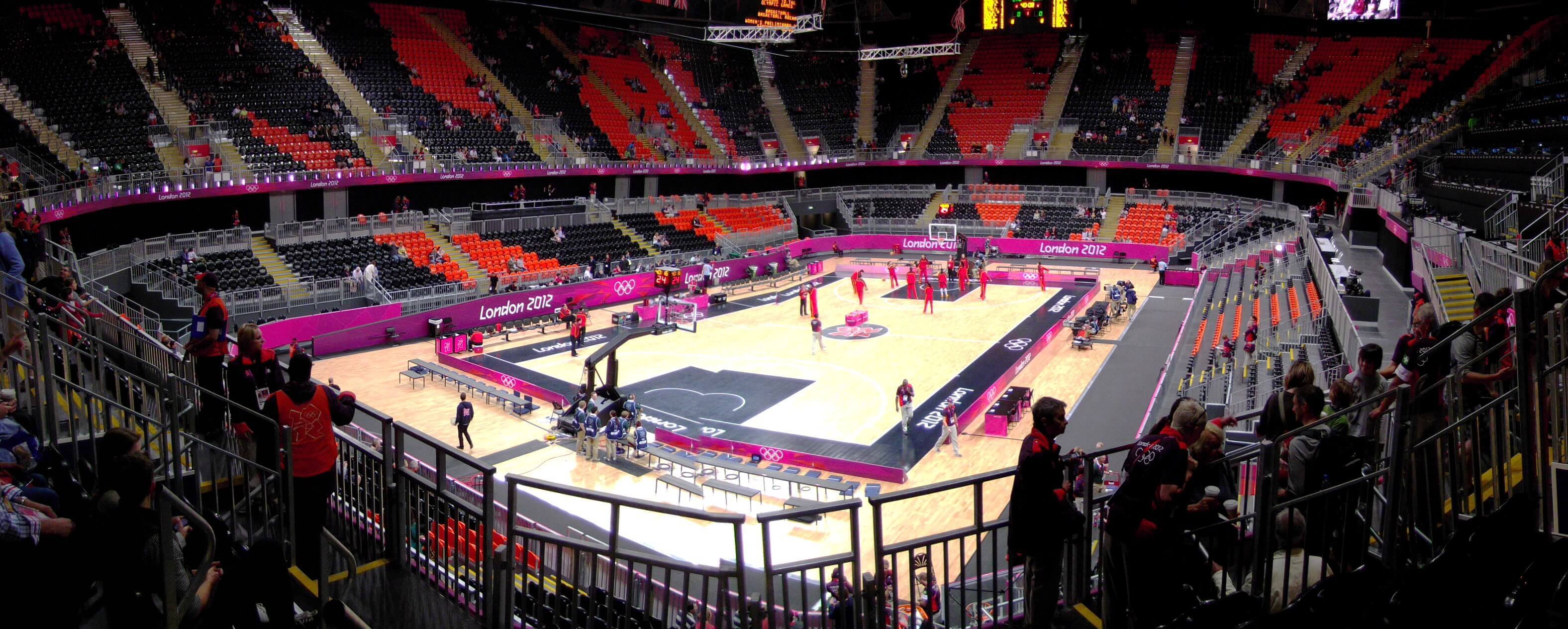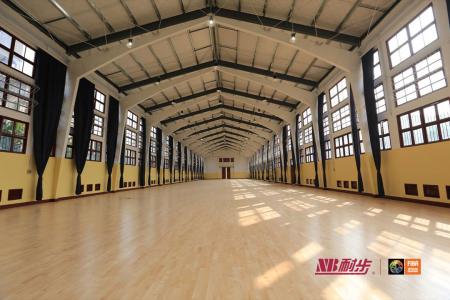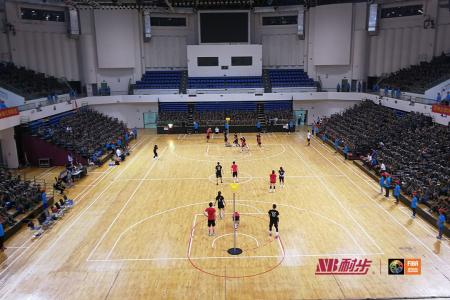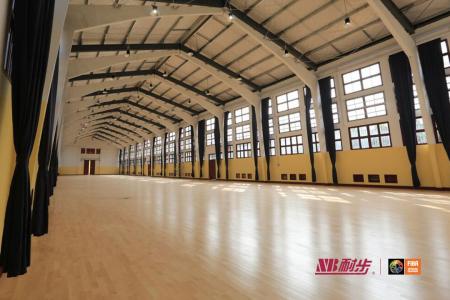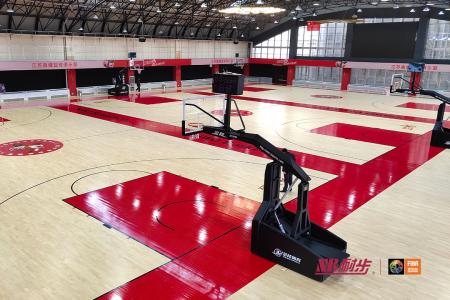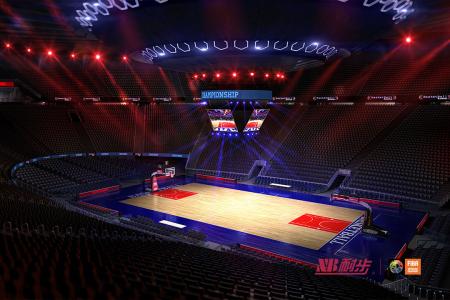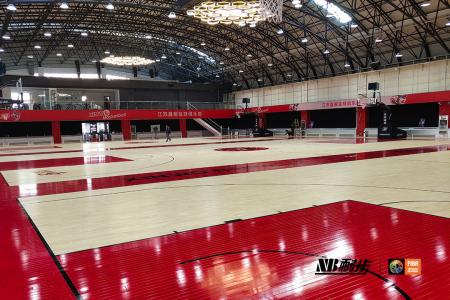Basketball stadium standard size analysis and design points

In design and construction When purchasing a basketball court, it is crucial to understand the standard dimensions of a basketball court. The size of the basketball venue directly affects the fairness and enjoyment of the game, and is also related to the safety and comfort of the athletes. This article will delve into the standard dimensions and design points of basketball venues to help readers fully understand how to plan a basketball venue that meets standards.
Overview of the standard dimensions of basketball venues
Basketball venues generally include two main parts, the competition venue and the auditorium, in accordance with international standards. Among them, the competition venue is the core area of the basketball game, and its size must comply with the standards stipulated by the International Basketball Federation (FIBA). According to FIBA regulations, a standard basketball court should be a rectangular court 28 meters long and 15 meters wide. The basketball stand should be at least 2 meters away from the sideline of the court, and the height of the basketball basket should be 3.05 meters. In addition, the floor material of basketball courts usually uses wooden floors or synthetic floors to ensure the stability and flexibility of players during the game.
Key points for competition venue design
When designing the competition venue for basketball venues, in addition to complying with standard dimensions, the following design points also need to be considered:
1. Be clear Boundary lines and markings: Ensure that the boundaries on the field are clearly visible, including the three-point line, free throw line, center circle and other marks, which will help referees and players accurately judge the game situation.
2. Lighting and illumination: The lighting in basketball venues must be sufficient and uniform to avoid shadows that may affect game decisions and player performance.
3. Humanized design: Consider the inclination angle and position of the auditorium to ensure that each seat has a good viewing angle, while also considering the audience's access and convenience facilities.
4. Emergency evacuation passages: Basketball venues need to set up clear emergency evacuation passages to ensure that spectators and athletes can evacuate the scene quickly and orderly in case of accidents.
5. Auxiliary facilities: Auxiliary facilities such as locker rooms, showers, and toilets are also a part that cannot be ignored in the design of basketball venues. Their setting needs to consider the actual needs of athletes and staff.
Flexible Design of Basketball Venues
In addition to complying with standard basketball court dimensions, modern basketball venue design also pays more and more attention to flexibility and multi-functionality. Some basketball venues also consider the following flexibility factors in the design of competition venues:
1. Adjustable seats: The auditoriums of some basketball venues are designed with retractable seats, which can be adjusted according to the needs of games and activities. Adapt and be flexible to events of different sizes.
2. Mobile basketball stands: Some basketball venues have designed mobile basketball stands, which can be adjusted according to different competition or training needs to improve the utilization of the venue.
3. Multi-functional areas: Adding multi-functional areas, such as gyms, conference rooms, etc., in the design of basketball venues allows the venues to host more types of activities and improve economic benefits.
To sum up, the standard size and design points of basketball venues are crucial to the smooth progress of the game and the comfort of the venue. Through reasonable planning and design, creating a basketball venue that meets standards and is flexible can not only improve the experience of athletes and spectators, but also meet the needs of more types of activities, becoming an important place for sports events and cultural activities.

